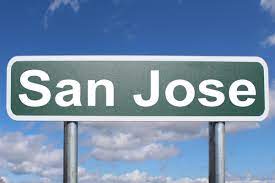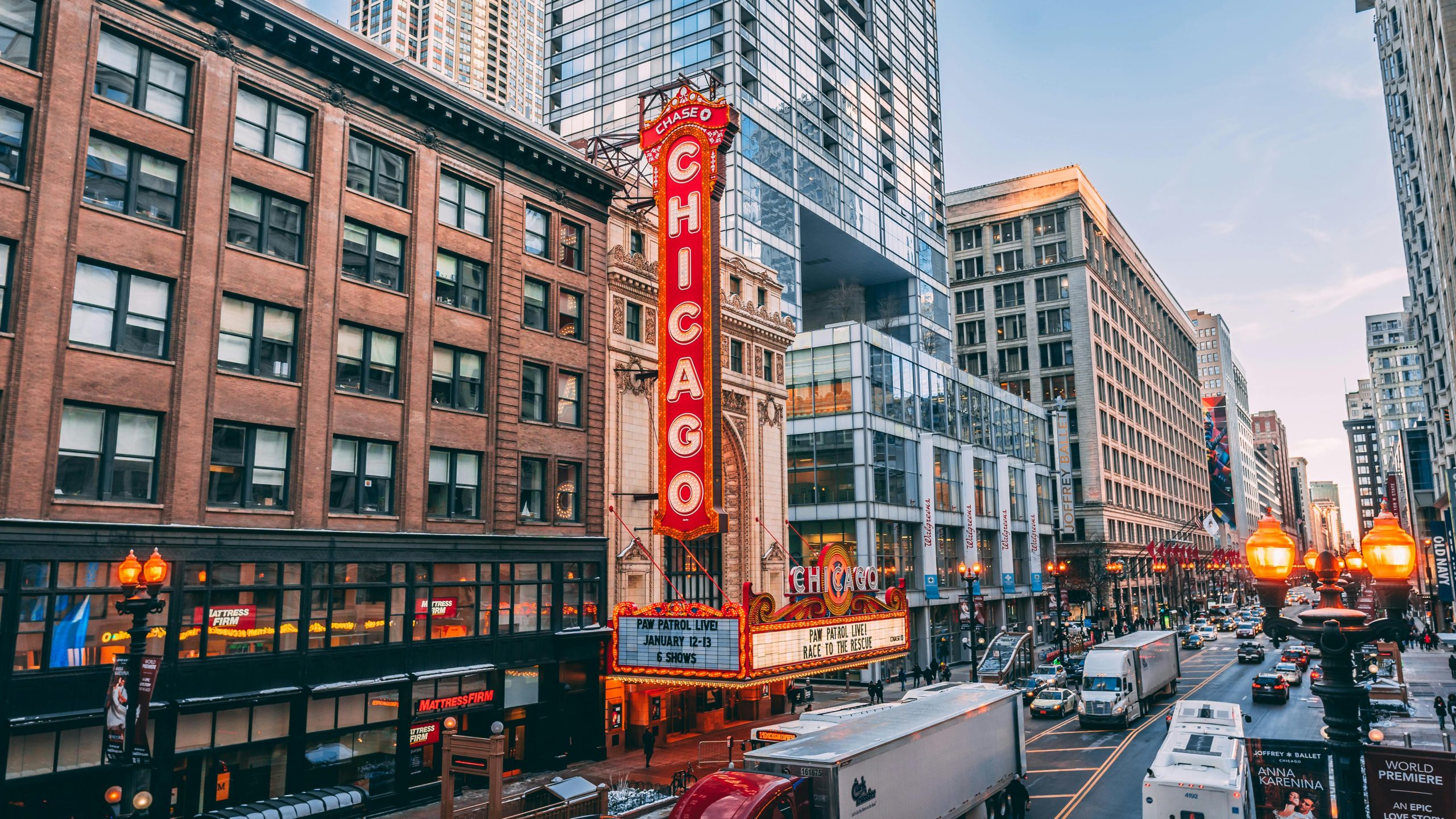Urban Centers’ Public Safety Concerns Are Enhanced by Social Unrest, Economic Downturns, and Pandemic Repercussions
Escalating Crime from California to Washington, Caused by High Living Costs and Homelessness
According to the Southwest Journal article, crime issues persist in 2024 as the Western United States grapples with a shifting socioeconomic terrain. Social unrest, economic downturns, and the pandemic’s aftermath have raised concerns about public safety. A consistent pattern from the sun-kissed avenues of California to the soggy alleys of Washington appears throughout the region. The combination of high living expenses, homelessness, and drug-related problems raises the crime rate. The West Coast is evidence of these issues against the backdrop of national unrest, which calls for a closer look at the causes of these trends and the pressing need for workable intervention plans.
 Homelessness, Root Causes of the Increase in Crime from California to Washington (PHOTO: Boston University
Homelessness, Root Causes of the Increase in Crime from California to Washington (PHOTO: Boston University
READ ALSO: Unveiling Washington’s Top 10 High-Risk Areas: A Closer Look At Its Most Perilous Cities
The West Coast’s Top 10 High-Rate Cities in Crime
Bakersfield, California
Prominently recognized for its oil and agricultural industries, high rates of crime in 2024 are expected because of a combination of methamphetamine addiction and financial difficulties. Notwithstanding attempts such as the Gang Violence Suppression Unit and community outreach programs, the city remains one of the most dangerous in the Western US, with 4,465 crimes committed per 100,000 residents.
Fresno, California
Famous for its agricultural and close vicinity to Yosemite National Park, this city faces severe issues with crime in 2024, particularly in its southern regions. High crime rates are caused in part by drug trafficking, gang activity, and poverty. To stop gang violence, Fresno has launched programs for young people and established the Multi-Agency Gang Enforcement Consortium. Despite its best efforts, with a total of 4,540.2 per 100,000 citizens, the city still has high crime rates.
Sacramento, California
Despite its diverse population and rich history, Sacramento, the capital of California, continues to face problems with crime. Neighborhoods such as Meadowview and North Highlands are affected by the city’s high crime rates, which are caused by economic inequality and drug-related issues, especially concerning opioids and methamphetamines. Along with initiatives to tackle drug addiction and work with neighborhood organizations on socioeconomic issues, the Sacramento Police Department has implemented problem-oriented policing and community engagement tactics to address these challenges. Despite these efforts, Sacramento reports are still high in overall total crime.
Eugene, Oregon
A City well-known for its thriving outdoor culture and culture may have increased crime rates in 2024 due to drug misuse, homelessness, and housing affordability problems. The City claims a violent crime rate of 453.9 per 100,000 residents, a property crime rate of 3,770.5 per 100,000 residents, and a total crime rate of 4,224.4 per 100,000 residents despite community policing efforts and increased patrols, especially in the Whiteaker neighborhood.
Portland, Oregon
Homelessness, methamphetamine addiction, and social instability fuel a rise in crime in Portland, Oregon, a city known for its parks and food trucks. Despite community outreach initiatives and root cause initiatives such as drug addiction and homelessness, the city records a violent crime rate of 537.2 per 100,000 residents, a property crime rate of 4,328.6 per 100,000 residents, and an overall crime rate of 4,865.8 per 100,000 residents.
Tacoma, Washington
Famed for its arts and waterfront. Because of drug usage and economic inequality, Tacoma, Washington, suffers from above-average crime rates, particularly in districts like the Eastside and South End. The city aims to combat crime proactively by emphasizing community policing through programs for kids and projects like Project PEACE. Tacoma reports a total crime rate of 5,597.9 per 100,000 residents.
Seattle, Washington
Renowned for its waterfront and food scene. Seattle, Washington, is confronted with severe crime issues brought on by an increase in homelessness and the opiate crisis. The city’s crime statistics, especially those of property crimes, are concerning given its population of almost 700,000. Seattle’s response consists of programs like the ground-breaking Law Enforcement Assisted Diversion (LEAD) program that aim to address the underlying causes of problems like homelessness and drug misuse. Nevertheless, Seattle has a total crime rate of 5,180.7 per 100,000 residents, a violent crime rate of 634.9 per 100,000 residents, and a property crime rate of 4,545.8 per 100,000 persons, despite efforts.
Oakland, California
Well-known for its artist’s community, Lake Merritt. Oakland, California, faces a high rate of crime as a result of socioeconomic inequality and the drug trade. Even with redevelopment initiatives, crime rates in East and West Oakland remain disproportionately high. Oakland’s approach emphasizes a strong ordinance on neighborhood-based programs like the Ceasefire program and the Oakland Community Policing Advisory Board, which seek to lower gun violence. Still, crime is high in 2024.
San Francisco, California
Driven by the city’s high population and tourism, along with other property crimes, San Francisco has been grappling with an upsurge in auto burglaries. The high cost of housing increases the homelessness issue. San Francisco implemented preventive measures like improved street lighting and increased police presence in response. Addiction to drugs and homelessness are also prioritized. San Francisco is well-known for being the thirteenth big city in the country and for having some fascinating historical facts while being one of the most hazardous cities on the West Coast.
Los Angeles, California
Gang violence and the homelessness crisis are the root causes of the rise in violent and property crimes in Los Angeles. Given the breadth and socioeconomic diversity of the city, which has over 450 active gangs, criminal behavior is encouraged. Even though the Community Safety Partnership aims to promote community trust, budget cuts and heightened scrutiny of the LAPD pose significant difficulties to police enforcement. According to projections, in 2024.
READ ALSO: Unveiling Fremont’s 10 Riskiest Hoods – A Guide To Cautious Navigation



